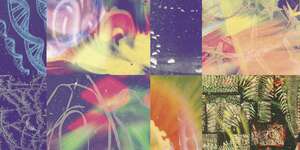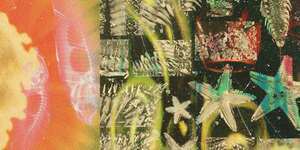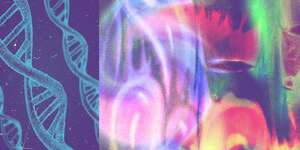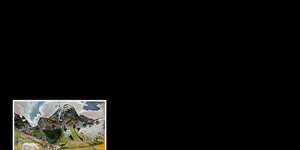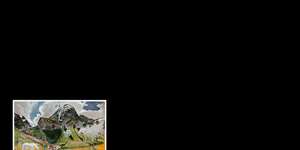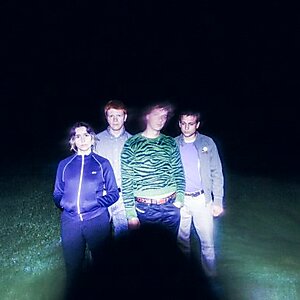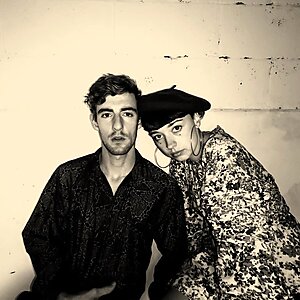Nap Eyes
Nap Eyes
country: Canada
genre: Alternative
styles: Alternative Country, Freak Folk, Garage Psych, Indie Folk, Indie Rock, Lo-Fi, Neo-Psychedelic

Passageway
 Single
Single
Spotify Bandcamp Soundcloud
Reviews and Comments
|
I had the last verse of this song written for a long time, along with a bunch of earlier verses that I didn’t like as much that I eventually discarded. Eventually one quiet day when I was not doing too much of anything, I started to come up with the lyrics of the earlier verses—just in my head without an instrument or speaking them out loud, which is unusual for me. So the song was generated by this out-of-the-ordinary writing method, but I think this resulted in a song that is pretty different from anything else I’ve written to date. During the live tracking at our friend René Wilson’s home and studio, Brad was playing acoustic guitar in the stairwell, Josh and Seamus were playing in the main room, while I sang in an adjacent bedroom. |
|||||||||
|
Nigel Chapman |
|||||||||
|
Nap Eyes’ metamorphic fifth long-player collects a cache of nine fascinating songs recorded over the four years since Snapshot of a Beginner. The Neon Gate reveals classic touchstones (the uneasy interplay of physics and philosophy, perambulatory meditations, self-interrogating soliloquies, apertures of surreality, video games), but also evidence of divergent impulses toward nonlinear abstraction and longform improvisational composition (resulting in their most discursive, deconstructed, and deliquescent songs to date) and narrative and lyric formality (including adaptations of thorny poems by Alexander Pushkin and W. B. Yeats), imparting the sense that Nap Eyes have transmuted, as has their understanding of what a song is, what it can do, where it might go. |
|||||||||
|
Masters of subtlety. – NPR |
|||||||||
|
Snapshot of a Beginner feels as much a modest masterpiece as [The Go-Betweens’] Spring Hill Fair or [Belle and Sebastian’s] Tigermilk. What sets them apart is the fear and trembling. – Uncut |
|||||||||
|
One of the most fascinating songwriters we have today. – Newsweek
|
latest releases
 LP
LP
The Neon Gate
out on October 18, 2024
via Paradise of Bachelors
 Single
Single
Dark Mystery Enigma Bird
out on October 02, 2024
via Paradise of Bachelors
 Single
Single
Demons
out on June 13, 2024
via Paradise of Bachelors
 Single
Single
Feline Wave Race
out on May 14, 2024
via Paradise of Bachelors
 Single
Single
When I Come Around
out on May 14, 2021
via Jagjaguwar
 EP
EP
When I Come Around
out on May 14, 2021
via Jagjaguwar

